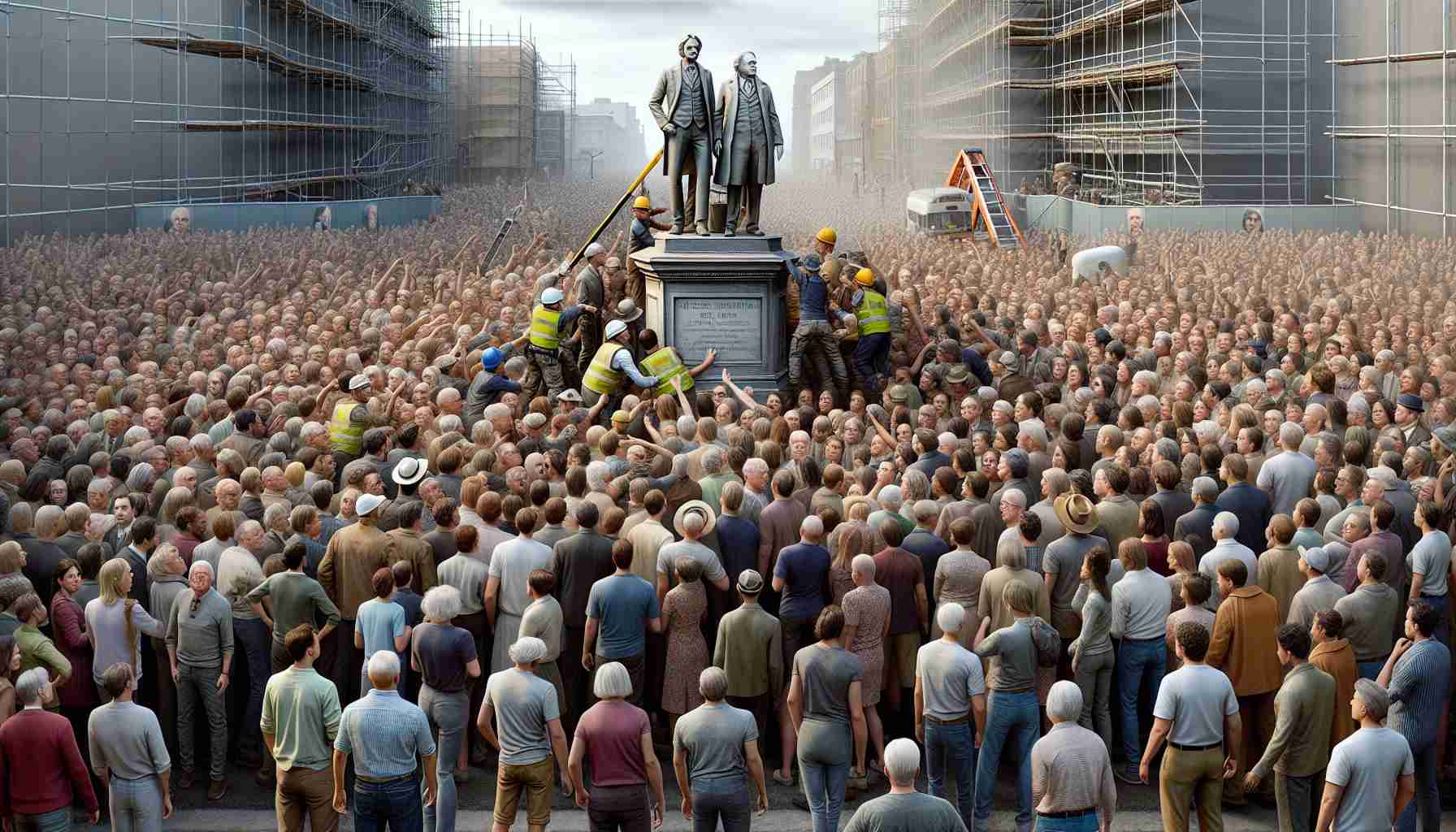
Controversy Surrounding the Renaming of Historical Monuments
Local Authorities Prompt Outrage by Proposing Monument Renaming: Disapproval from Citizens
In a recent turn of events, the proposal to rename a historical monument has sparked a wave of disapproval among the public. The decision by the local council to consider changing the name of the well-known landmark has been met with criticism and accusations of disrespect towards the monument’s historical significance.
Public Outcry and Denunciation of Disrespectful Actions
Citizens have expressed their outrage, labeling the move as a disregard for the memory and legacy associated with the monument. Many argue that altering the name would be a dishonor to those who have been affected by the events linked to the monument’s past, emphasizing the importance of preserving historical authenticity.
Government Intervention and Advocacy for Heritage Conservation
As a result of the escalating controversy, discussions are underway for central government involvement to protect the monument’s status as a cultural heritage site. Calls for the preservation of historical landmarks and the commemoration of significant events in their original context have intensified in light of the proposed changes, highlighting the need for a balanced approach to honoring the past while acknowledging societal values and sensitivities.
Historical Monuments Renaming Controversy Deepens with Unearthed Connections to Controversial Figures
In the midst of the ongoing debate surrounding the proposed renaming of a significant historical monument, new information has emerged that sheds light on previously undisclosed connections. Recent research has uncovered ties between the monument and individuals associated with controversial actions or ideologies, further complicating the decision-making process.
Exploring the Role of Historical Figures in Monument Naming
One key question arising from this revelation is how the involvement of historical figures linked to contentious histories should impact decisions regarding monument names. Should monuments be renamed solely based on their original intent and historical context, or should considerations also be given to the actions and beliefs of those connected to the monument’s creation or significance?
Challenges of Balancing Preservation with Acknowledgment of Dark Histories
The newfound revelations have raised concerns about the delicate balance between preserving historical heritage and recognizing the darker aspects of the past. While some argue for preserving the integrity of monuments in their original form, others advocate for acknowledging and addressing the problematic associations that may taint their legacy.
Advantages and Disadvantages of Renaming Historical Monuments
Renaming historical monuments can offer an opportunity to redefine public spaces and promote inclusivity by honoring underrepresented voices or correcting historical inaccuracies. However, such actions may also face backlash from those who view renaming as erasing or distorting history, leading to further polarization and controversy within communities.
For further insights on the broader implications of renaming historical monuments and navigating the complexities of historical preservation, visit Historical Monuments Debate.